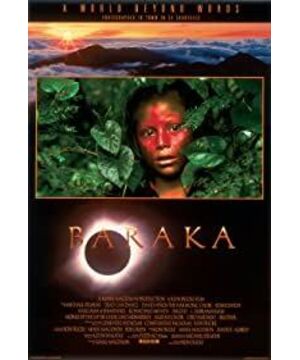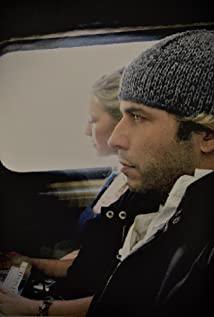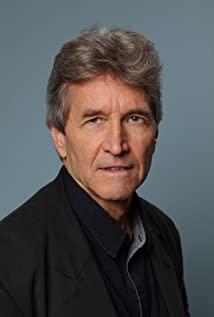https://www.yuque.com/docs/share/79406813-3d93-4417-b511-c2ffdb9816ee?#
This intriguing documentary uses a calm observation perspective to create a sacred atmosphere that transcends the mundane and mundane. A kind of meaning I once felt in Spielberg’s "The Third Kind of Contact" is a kind of Contemplation of the impermanent nature of the world.
The footage of the film slowly descends from the twinkling stars in the sky and the flowing clouds from the high sky, watching the sun rise and sunset, the sky is constantly moving, and then pass by Angkor Wat, the indigenous African settlements, the banks of the Ganges, the slums of the Middle East, and East Asia. The temple, entered the bustling, noisy, bustling city, experienced the tiny human beings in it, and finally returned from the solemn monuments that stand in the natural world and the human world, back to the vast sky that encompasses all things, seeming to be looking for, impermanent change Is there an eternal true meaning behind it?
The director's perspective is constantly swaying between the sky and the earth, nature and big cities, between disorder and civilization, it is difficult to determine which world he prefers. Perhaps in the eyes of his compassionate "eye of heaven", all people are equal before impermanence; both are worthy of being loved, and both need care.
The monks in Southeast Asia devoutly fulfilled their rituals; Japanese dervishes stood firm in the downtown area and silently rang their bells; there were also bathers on the banks of the Ganges, devout followers on the Mecca pilgrimage... remember The poet Huang Shujun once praised such a detached and proud persistence in "Three Kneels and Nine Knocks".
However, the picture turns to the cruel reality of the world: modern chicken raising operations, petite chicks are reluctantly dragged forward by a conveyor belt like Dustin Hoffman in "The Graduate" and are driven to an unknown direction on the assembly line. They were fiddled with and "tested" by a pair of ruthless hands, and even burned a mark on their tender beak... This tragedy made people restless and felt very painful.
The next dramatic montage switch is a city with people coming and going at high speed. Looking down at the deep and dim reinforced concrete canyon from a high-rise skyscraper in New York, the shock is no less than looking down at the real Grand Canyon from the natural rainbow bridge in the Southwest Desert of the United States... This is a "miracle" created by mankind. The "man-made" world-a mechanized and organized world with high speed. No matter whether human beings or all other beings are trapped in it, they cannot be free.
Furthermore, the camera shakes silently in an abandoned concentration camp in Asia. Photos covering the entire wall, piles of broken shoes and bones, and empty and dilapidated barracks tell of the suffering that people have endured here. In the desolate female chant, there are occasional heavy and shocking percussion music, perhaps an exclamation mark or a question mark. And in the close-ups of the black-and-white photos of the dead, the bleak eyes that took away the splendor of their lives easily shocked my soul. The relentless flames of war burned over the vast land... Tears seemed to fall silently.
Tiananmen Square appeared in the film, and the sentinels of the Great Hall of the People, wrapped in thick military coats, silently stared at the square and the world flow. As the capital of our ancient country, here is the intersection of too much history and reality, pain and dreams, but in a state of playful aphasia. Zheng Hoyong asked in "The Bell and Drum Tower": Why haven't you spoken yet?
In the silent gaze, time passed quietly. The music seems to exist or not, but it really rushes into the hearts of the audience... Such a film without a line requires Hou Xiaoxian's contemplation. Everything is bringing us back to the distant origin of time and space, the origin of everything.
Let us calm down, contemplate impermanence, and return to what we are. May we all have such a pessimistic view. Compared to Godfrey Reggio's life trilogy: Koyaanisqatsi: Life Out of Balance (1983), Powwaqatsi: Life in Transformation (1988), Naqoyqatsi: Life as War (2002) I prefer Ron Fricke.
View more about Baraka reviews








